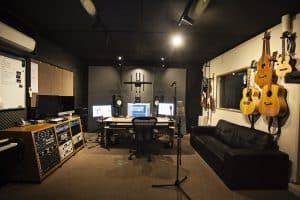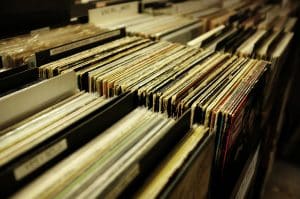Recording Studio: Music can be a social activity, but it can also be a very spiritual experience. Ancient Indians were deeply impressed by the spiritual power of music, and it is out of this that Indian classical music was born. So, for those who take it seriously, classical music involves single-minded devotion and lifelong commitment. But the thing about music is that you can take it as seriously or as casually as you like. It is a rewarding experience, no matter how deep or shallow your involvement.
Recording Studio: Elements of Indian Classical Music
Most recording studio music has at least three main elements – melody, rhythm and harmony. Because of its contemplative, spiritual nature, Hindustani (north Indian) classical music is a solitary pursuit that focuses mainly on melodic development. In performance, rhythm also plays an important role, giving texture, sensuality and a sense of purpose to melody. Harmony in Indian classical music mainly takes the form of a harmonic resonance field supplied by instruments like the tanpura or swarmandal. More complex harmony can also be found with instruments like the santoor, and often as the inadvertent result of the harmonium trying to shadow the main vocalist or instrumentalist with a delay of a split second. The semi-melodic quality of the tabla adds a third dimension of harmony. Harmony in the Western sense, however, is not a part of traditional Indian music, and it is important not to look for it.
Recording Studio: Ragas
The main thing Hindustani classical music does is explore the melodic and emotional potential of different sets of notes. About five hundred ragas are known or known of (including historical ragas) today. Sometimes ragas die out if people stop singing them, but then new ragas are born all the time, and some of them endure. So, the number of ragas is not fixed. Students first learn all the important ragas, then spend many years mastering the ragas of their choice.




